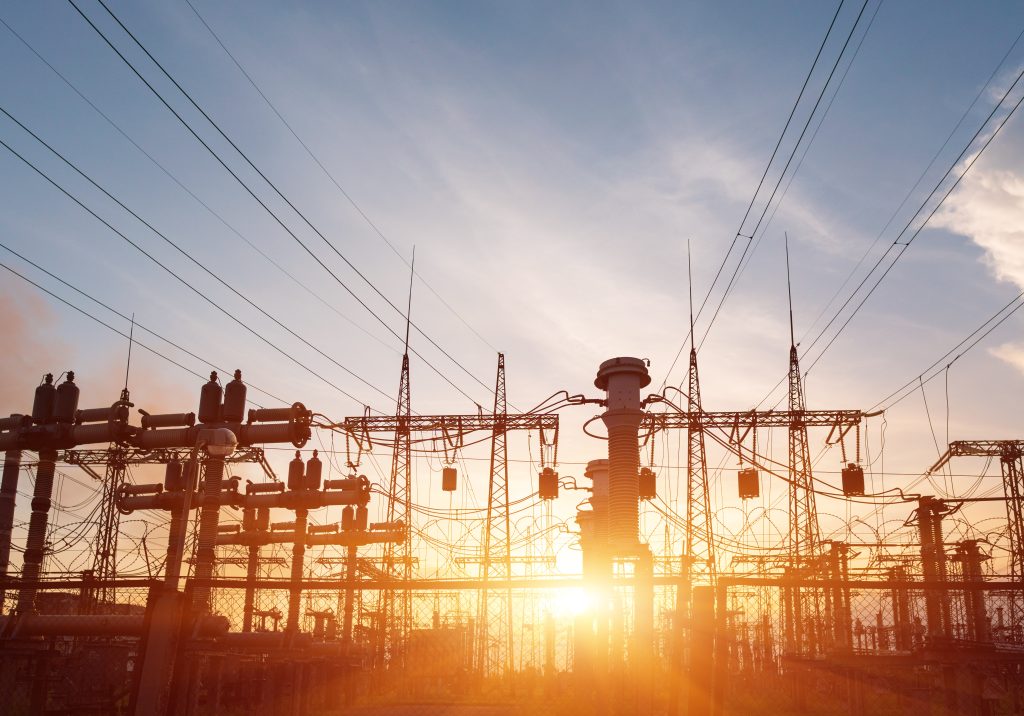Electricity reaches your home through a complex distribution system starting at power plants generating electricity. From there, electricity travels over high-voltage transmission lines that carry it across long distances to substations where the voltage is reduced. These substations then distribute electricity through lower-voltage distribution lines that extend into neighbourhoods and communities. Transformers lower the voltage to a level that can be used in your home, typically stepping it down to the standard household voltage. Finally, the electricity travels through the service line to your home’s electrical panel, from where it is distributed to outlets and appliances. This network ensures that electricity generated miles away lights up your home and powers your devices.

Alberta’s energy market has transformed from a regulated monopoly to a competitive one. Private companies can now build and operate power plants using various energy sources. While generation is competitive, transmission and distribution are regulated. The retail market is fully deregulated, giving consumers the freedom to choose their electricity providers and pricing plans. The Alberta Utilities Commission (AUC) regulates various aspects of the market to ensure fair competition, consumer protection, and overall market efficiency. The restructured energy market in Alberta aims to enhance consumer choice, foster innovation, and create a more efficient and competitive marketplace for electricity services.
Deregulated services refer to industries or sectors where government regulations on pricing, entry, and operation have been loosened or removed. This typically allows for increased competition among businesses within the sector. Deregulation aims to enhance efficiency, lower consumer prices, and stimulate innovation by freeing companies from bureaucratic restrictions. Common examples of deregulated services include telecommunications, transportation, energy, and finance. In a deregulated market, companies have more freedom to set prices based on market demand and competitive forces, rather than being bound by government-imposed rates or controls. However, deregulation also poses risks, such as potential market abuses or monopolistic practices, which regulatory bodies must monitor and address to maintain fair competition and protect consumers.
A brownout is a temporary reduction in voltage or power supply that can cause lights to dim and electrical appliances to malfunction. Brownouts are usually caused by high demand for electricity, and power companies may implement them to avoid a blackout or overload on the power grid. While brownouts are less severe than blackouts, they can still cause damage to electrical equipment, so it’s important to turn off appliances and devices during a brownout to prevent any damage.
Electricity in Canada is generated from a diverse mix of sources, reflecting the country’s vast natural resources and commitment to renewable energy. The primary source of electricity is hydroelectric power, leveraging Canada’s abundant waterways to generate clean, renewable energy. Nuclear power is another significant source, providing a large portion of the country’s electricity with a low carbon footprint. Fossil fuels, such as coal and natural gas, also play a role in electricity generation but are being progressively replaced or supplemented with renewable sources like wind, solar, and biomass. Canada’s energy policy emphasizes sustainability and reducing greenhouse gas emissions, leading to investments in renewable energy technologies and infrastructure. This diverse energy mix ensures a stable and sustainable electricity supply nationwide.
Canada is generally self-reliant in electricity generation, producing enough power to meet its domestic needs. However, electricity generation and distribution are managed at the provincial level, and some provinces may rely on interconnections with neighbouring regions or provinces during periods of high demand or emergencies.
To choose an energy provider, start by assessing your energy needs and priorities, considering factors like consumption, renewable energy options, and pricing structures. Research available providers in your area, reading customer reviews and recommendations to gauge their reputation. Compare rates, contract terms, and any renewable energy options that align with your preferences. Assess customer service quality and look for additional services or benefits, such as energy efficiency audits. Understand billing and payment methods and carefully review contract terms and fees. Seek recommendations from others and contact providers directly to ask questions. Once you’ve gathered this information, make an informed choice that suits your needs and preferences while keeping an eye on potential switching procedures if you’re changing providers.
Links